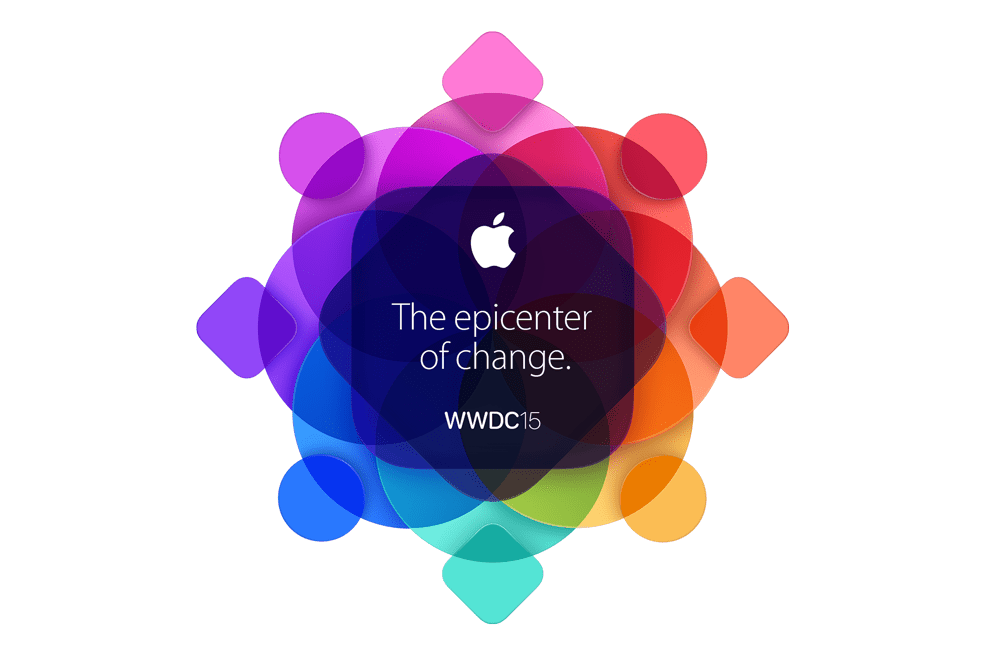
THe Worldwide Developers Conference keynote for this year is just three days away, and we’re already obsessing over what we’ll see there.
This year’s kick-off event at WWDC will likely have a developer focus, given the nature of the event, but there will plenty for everyone to pay attention to, especially if you’re a fan of iOS, OS X or the latest new Apple device: The Apple Watch.
Here’s a roundup of what’s likely to go down at WWDC this year, along with a few far-out wishes and some cold water for previously rumored possibilities.
iOS 9
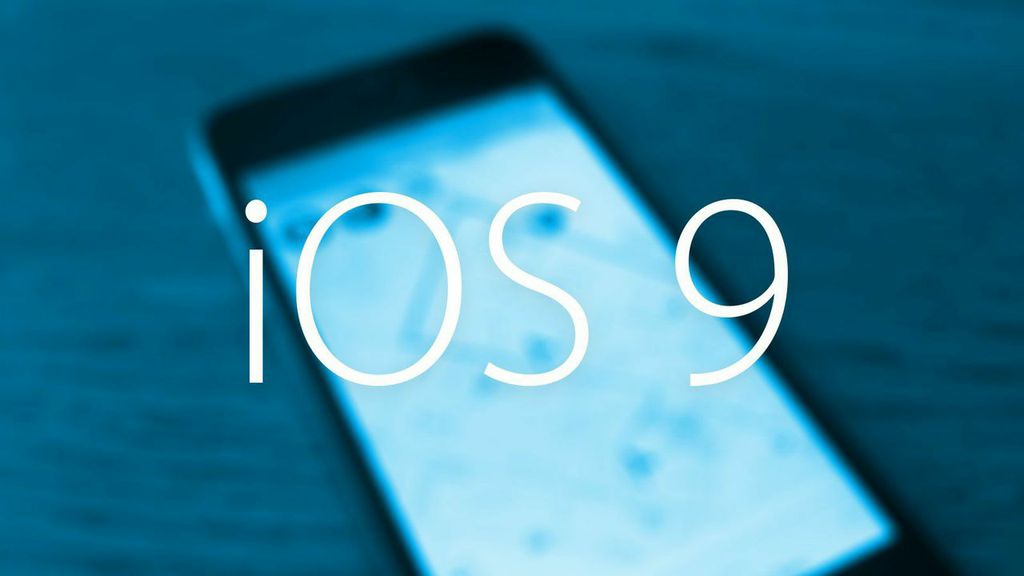
Apple will almost certainly use the WWDC 2015 platform to highlight a new major update for both iOS and OS X. The iOS update, the 9th major version of Apple’s iPhone and iPad operating system, is thought to be bringing a lot of stability, performance and security enhancements to the platform. Reports have suggested it will be similar to OS X Snow Leopard, which was largely meant to refine the experience of OS X Leopard.
Part of Apple’s aggressive development cycle, which now pretty much guarantees big yearly updates to both of its primary software platforms, is a pace of new feature releases that can be at cross-purposes to providing a stable, bug-free experience. By avoiding any sweeping changes to the core OS experience like those we saw visually in iOS 7, and functionally in iOS 8, Apple might be able to improve the general consistency and quality of user experience, which is something many Apple fans and observers would be happy to see.
That said, Apple is unlikely to drop a major point release without introducing anything new – even Snow Leopard got quite a few new user-facing features along with its general improvements. Let’s look at what we’ve heard is coming in terms of brand new abilities and apps in iOS 9, which will mostly likely be available as a developer preview as of Monday, with a wide launch coming alongside new iPhones in September.
Home App
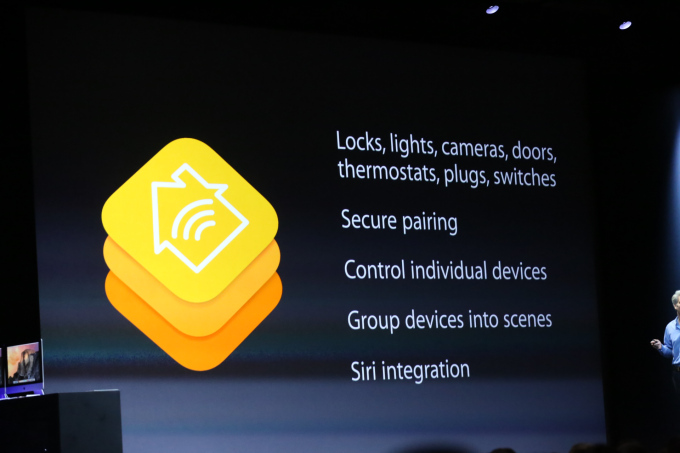
Apple’s first HomeKit partners debuted their app early this month, and some of them started selling HomeKit-enabled devices right away. These work with Siri out of the box, letting you issue voice commands at home (or away, with a 3rd generation Apple TV) to do things like turn your lights on or off. But housing all control just in Siri, with setup managed through individual apps, seems like a weird way to manage this new feature.
That’s why the company is reportedly planning ‘Home,’ a new dedicated app from which to view and manage your HomeKit-enabled devices, as well as arrange them in virtual rooms for easier batch control across devices from a range of different providers.
Home will also provide key guidance in setting up HomeKit and HomeKit accessories, and sounds like a key component in making Apple’s connected home play more user-friendly. It’s apparently being used in iOS 9 builds in testing with Apple employees, but might not get a prime-time showing at WWDC, depending on how ready for public consumption it is by that time.
Proactive
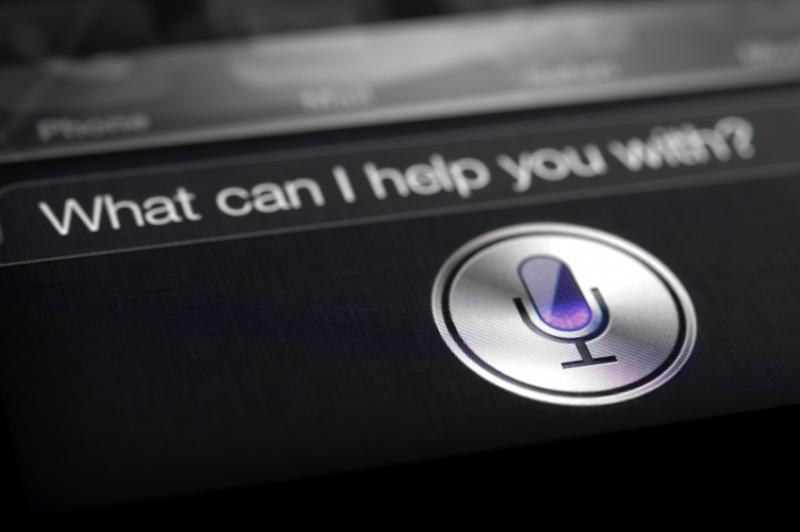
Apple’s Siri has improved a lot since its introduction, but it still isn’t the kind of anticipatory feature that operates more predictively like Google Now. A report from 9to5Mac last week suggested that Proactive, a new feature in development that uses Siri as well as Spotlight, will provide that true Now competitor.
Proactive will apparently take Spotlight’s place in iOS, appearing when you pull down from the top of the screen. A search bar will remain, letting you look specifically for stuff that you want to find like apps and contacts. Underneath that, you’ll be presented with info from Apps, Contacts and Maps that is auto-populated based on contextual cues taken from your phone, including things like whether or not you have a boarding pass in Passbook currently, or if you have upcoming appointments booked in Calendar.
The feature will also introduce new developer hooks for Siri, which is not a full API but which will let the service know when users have accessed it and index their content, which will then help contribute to and populate the Proactive screens.
Again, whether or not we see Proactive in iOS 9 remains up in the air, depending on how deep Apple wants to get into new features and how ‘finished’ it’s considered.
Transit Directions
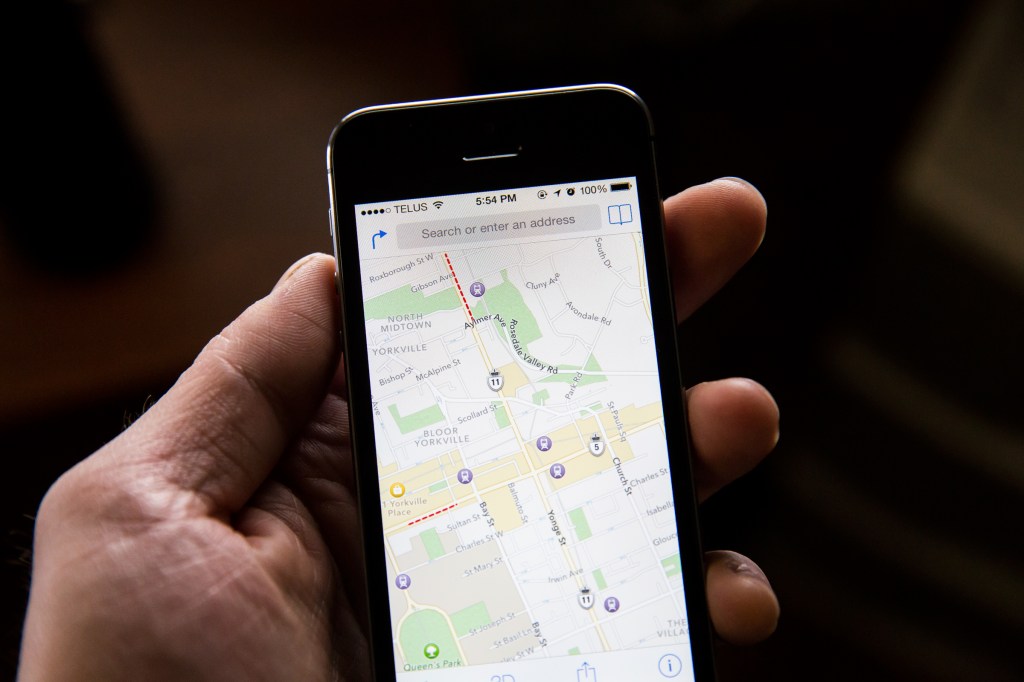 Apple Maps is said to finally be getting Transit directions, a long overdue addition after those were removed when Apple went native with its iOS navigation application in lieu of Google Maps. Apple has acquired not one, but two popular public transit apps, including Embark and HopStop, and this apparently almost made the cut for iOS 8.
Apple Maps is said to finally be getting Transit directions, a long overdue addition after those were removed when Apple went native with its iOS navigation application in lieu of Google Maps. Apple has acquired not one, but two popular public transit apps, including Embark and HopStop, and this apparently almost made the cut for iOS 8.
It’ll be great to see this arrive, especially given how useful it could be when used with the Apple Watch, which seems like a perfect vehicle for serving up expected bus and train arrival times. This could be bad news for third-party providers of the same services, but depending on what they offer, they should still be able to differentiate themselves.
OS X 10.11
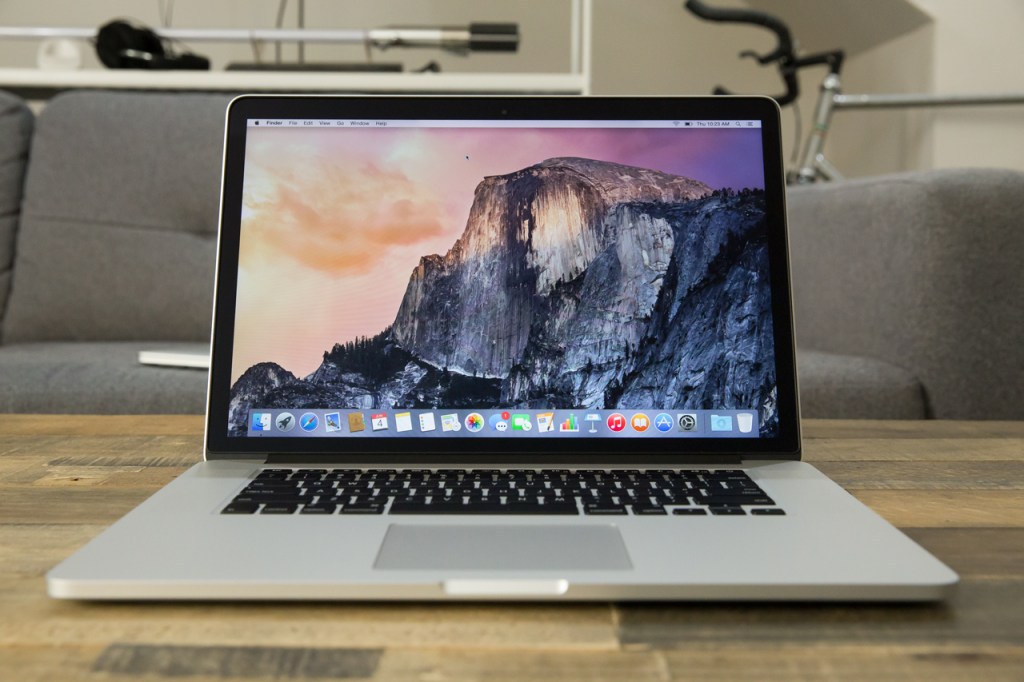
Apple’s next major OS update is also definitely coming at WWDC, and it will probably keep up the naming convention of the past two big updates, meaning it’ll bear the name of some significant place in California.
This is also rumored to be a primarily a stability update, along with iOS 9, but there are some potential new things coming, including a replacement of the system on with ‘San Francisco,’ the font used for display text on the Apple Watch. Another report suggests we’ll see a new Control Center panel accessible from the left edge of a 10.11 Mac’s display, providing quick access to the same kinds of features that are easily reached in iOS by swiping up from the bottom.
There’s probably more on tap for the next version of Apple’s desktop OS, but we’ve heard relatively little about changes there. It’ll be a key area to watch at the keynote as a result.
iTunes Streaming Music
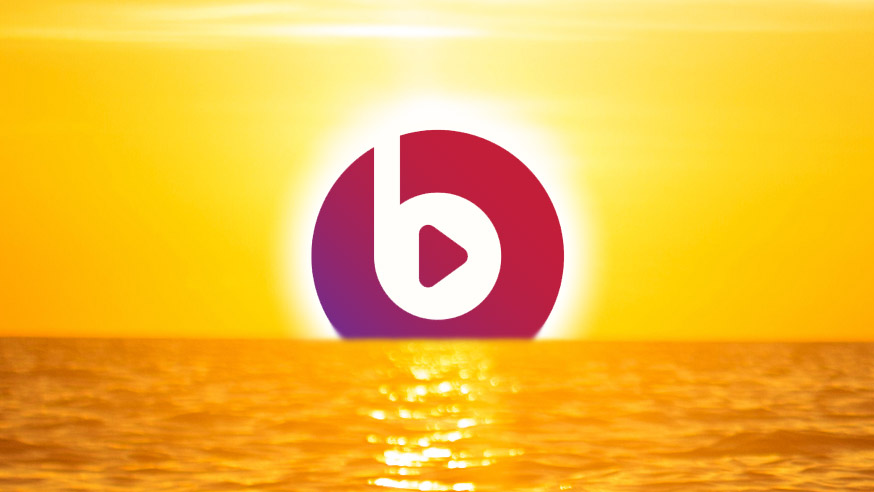
The big new media play at WWDC this year is thought to be the unveiling of a new streaming music service. Rumors suggest Apple is building a service to rival that of Spotify, complete with access to an on-demand library of content for a comparable subscription price of around $10 monthly. Apple has so far only taken a few tentative steps into streaming with iTunes Match and iTunes Radio, but this sounds like it could be the next big thing in online music delivery.
This service will be partly based on what Apple got out of the Beats acquisition, but it’s more about the relationships that were built for that platform than the tech behind Beats Music itself. Apple is reportedly engaged in last minute negotiations to make sure all the content arrangements are in place for this service’s debut, but the company has a way of making sure things come together, especially in this area.
Expect a streaming service to premier at WWDC, but with availability to arrive at a later date, alongside the public release of iOS 9 this fall.
iTunes Radio
Alongside the iTunes streaming service, there’s also a rumored update to iTunes Radio in the works. Said improvement would include the addition of human-curated and human-hosted ‘stations’ for the streaming radio product, which currently offers a limited number of branded playlists alongside algorithm-generated genre and artist stations.
With this move, Apple could become a more aggressive competitor not just for Pandora, but also for Sirius XM. Its overall service offering could become more ‘everything to everyone’ in digital music, which as CEO Tim Cook is fond of saying, is indeed part of the company’s DNA. Also, Drake is one rumored potential host/curator, which means I have a home town stake in this game.
Apple Watch Native SDK
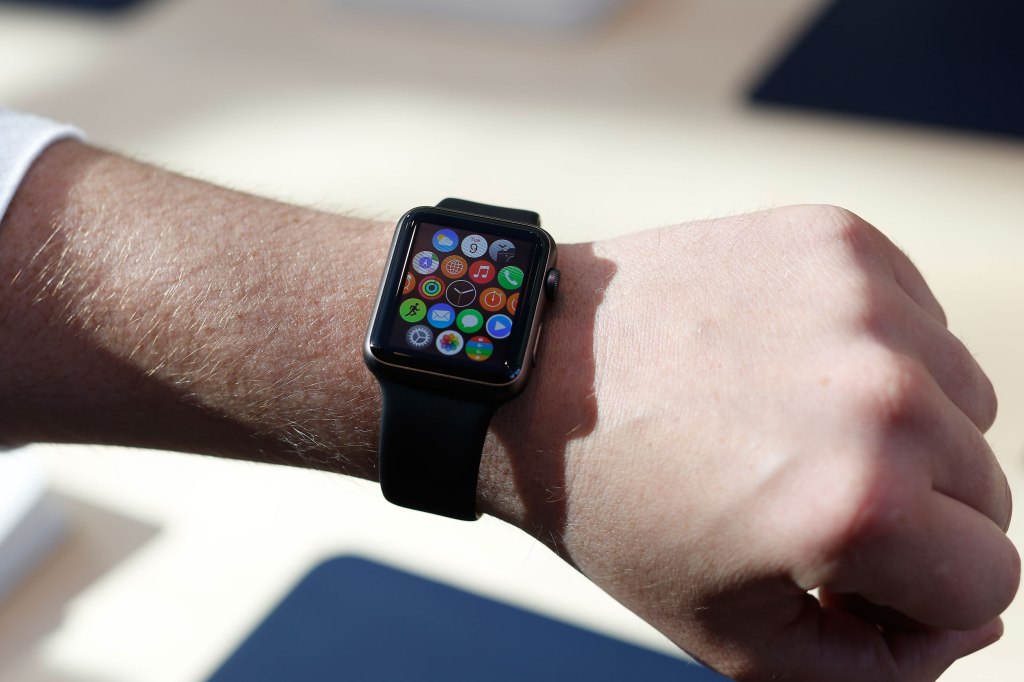
The Apple Watch is definitely getting native software developer tools at WWDC this year – Apple SVP of Operations Jeff Williams has actually confirmed as much, in a rare move for the company. Native developer tools for WWDC will offer developers the ability to create apps that actually run on the Apple Watch, instead of the current versions, which just run on the iPhone and beam over to the Watch’s display via Bluetooth.
Devs will have access to the sensors, too, meaning you’ll be able to do things like track your run with RunKeeper without your phone in your pocket, or even potentially use the Watch as a motion controller for certain applications.
Native apps could be a major addition to the Apple Watch’s overall value proposition; one of the primary complaints of the current version is that apps from people other than Apple tend to be sluggish, and this could fix that – likely at the cost of some battery life, but so far no one seems to be complaining about that.
Expect a preview launch made available to developers at WWDC, with a full native watch app consumer launch to follow in the fall. We could see examples of native apps from a few key partners on stage on Monday. Notable holdouts from the platform, including Facebook, come to mind.
Apple TV
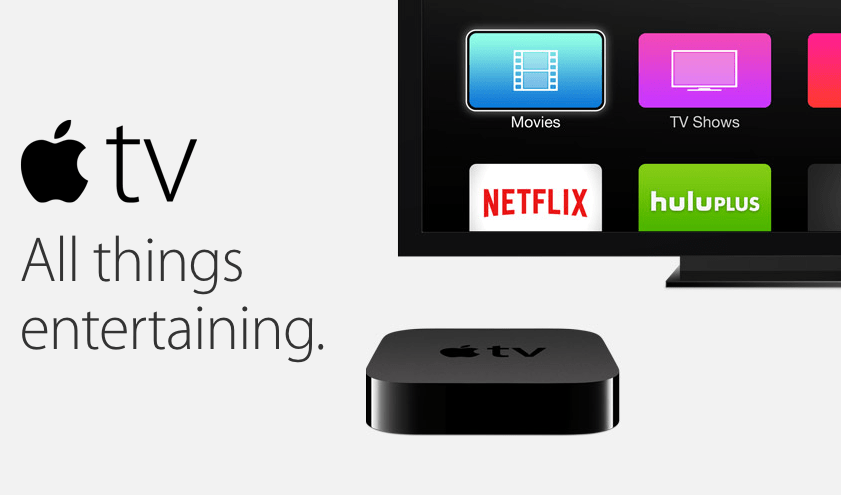
The Apple TV refresh was one of the things pegged early on as a WWDC highlight – until a report from the NYT’s Brian X. Chen doused it in cold water. New Apple TV hardware apparently isn’t quite ready for prime time, owing at least in part to Apple’s inability to get the proper content deals in place for the announcements it was hoping to make at the event.
That’s not to say a new Apple TV isn’t coming; it’s still very much in the works, according to sources, but it just won’t break cover on Monday at the keynote.
It’ll be interesting to see if Apple does announce a native Apple TV SDK however, since theoretically apps could run on current hardware, and so wouldn’t require that a new device announcement take place.

Comments
Post a Comment